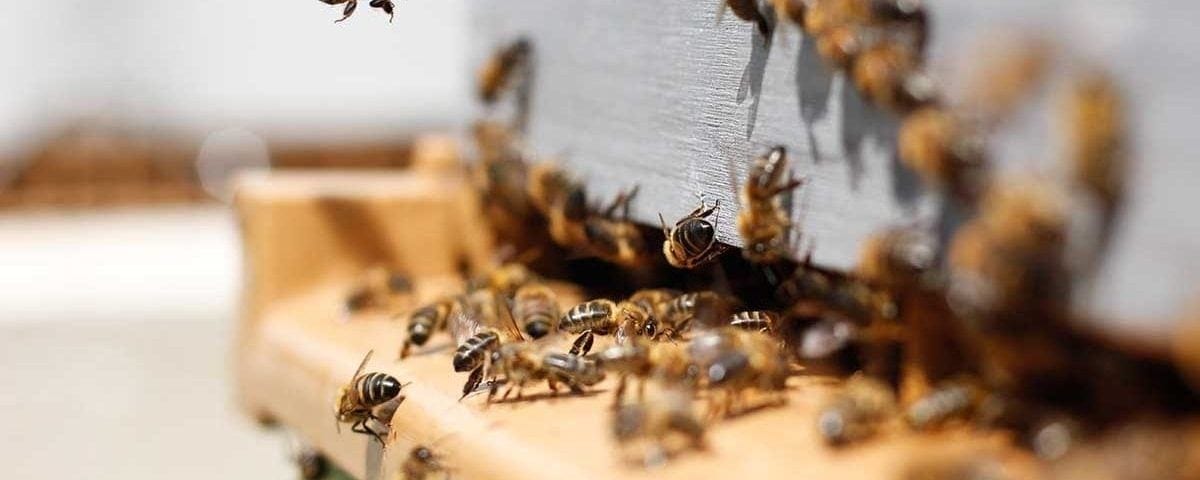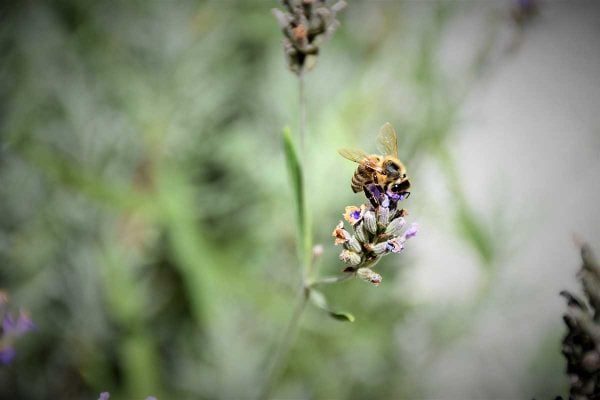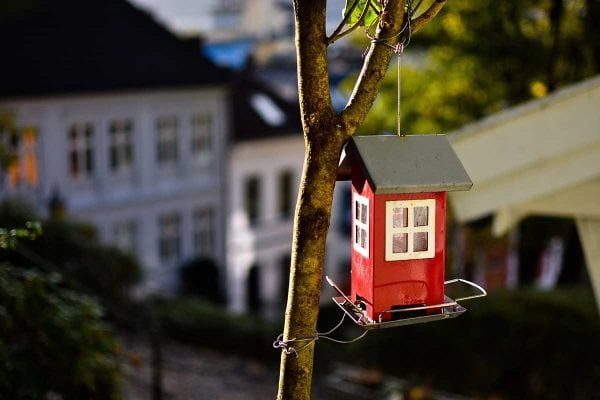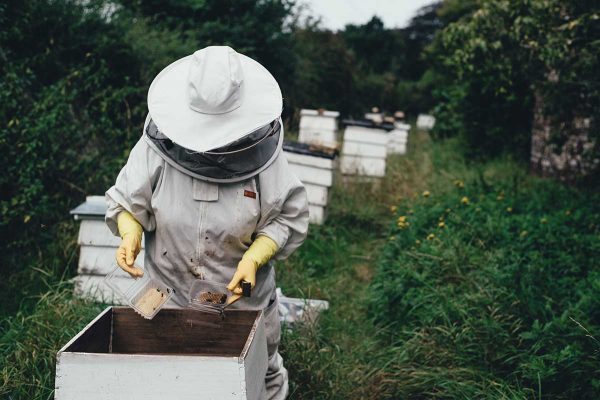
It’s not often that we hear the word “bee!” without a moment of panic ensuing. It’s true, they seem threatening, and their sting can be quite painful (even fatal). However, we rarely stop to think about how these insects are much more helpful than harmful.
The more than 20,000 species of bees that buzz all over planet Earth are, along with wasps, butterflies, beetles, and moths, some of the most important pollinators. They carry out their work of carrying pollen from one plant to another alongside other animals like bats, hummingbirds, and lemurs. All together, they ensure the necessary balance for many plants and crops to reproduce.
According to the UN, around 90% of wildflowers depend on pollination to produce seeds, and more than a third of the world’s arable land needs it to produce the food we consume each day. A world without pollinators would be a world without blueberries, strawberries, coffee, or chocolate, to name just a few. Therefore, our food security and the health of ecosystems depend on them.
 Bee perched on a flower. Will Hartenstein (Unsplash)
Bee perched on a flower. Will Hartenstein (Unsplash)
However, numerous species of pollinators are at risk worldwide. Leading threats include the loss and degradation of their habitats, the use of phytosanitary products, diseases, the presence of exotic and invasive species, and the effects of climate change. Among the most threatened, both globally and in Europe, are the bees.
The recovery of pollinating species largely depends on creating conservation policies and strategies. However, not everything should be left in the hands of those in charge: there are many steps that individuals can take to improve the situation of these creatures, even those of us in the city.
Plants, plants, and more plants
Filling houses and streets with green spaces like gardens and urban orchards helps pollinators while improving our quality of life. Here are a few tips for creating attractive spaces for these animals:
- Prioritizing native species of plants If there’s also a lot of variety, it will be easier to control possible pests.
- Choose plant varieties that flower in all four seasons to ensure that they have food throughout the year. Also, make sure to have plants of different sizes to attract a variety of pollinators.
- Plant species that are most attractive to insects like bees, such as chamomile, lavender, geraniums, and dandelions.
Creating tailored infrastructure
When we think of bees, we often imagine them in large hives making honey. However, only a handful of the thousands of species of bees around the world produce honey. Not all of them live in hives, either: many take shelter and lay their eggs in small holes in the floor or walls.
Therefore, one simple, interesting way to help them expand their territory is to create spaces where they can settle and rest. In the Netherlands, for instance, a whole urban network of hotels and highways has been designed for bees. And the truth is, this doesn’t have to be limited to these insects: there are also many ways to make feeders, waterers, and birdhouses, for example.
 Birdfeeder. Lachlan Gowen (Unsplash)
Birdfeeder. Lachlan Gowen (Unsplash)
Limiting the use of polluting products
In 2018, the European Union’s member countries banned the outdoor use of several products with neonicotinoids, an insecticidal substance that was used (and still is, in other regions of the world) on many crops. The reason: it’s behind the decline in bees and other pollinating insects.
By spraying crops with neonicotinoids, plants absorb the substance, and it stays in their pollen and nectar. From there, it is inevitably passed on to insect organisms, often leading to paralysis or death.
To keep animals (both those we see and ones that are invisible yet fundamental to maintaining the balance of ecosystems) from coming into contact with toxic substances, it is essential to follow sustainable practices and, whenever possible, commit to using products that are natural, organic, or simply safe for these animals.
Supporting responsible projects
There are also options for those who don’t have gardens or terraces to fill with plants and hotels for bees. One of the simplest is, as always, in our shopping carts: why not take a look at the labels and buy honey and other local bee products? This way, we’re supporting producers who promote good practices.
 Beekeeper working in the hives. Annie Spratt (Unsplash)
Beekeeper working in the hives. Annie Spratt (Unsplash)
And the list doesn’t end there: there’s working with environmental groups in your area, participating in responsible nature projects, or even sponsoring bees. These are some of the many ways we can contribute to pollinators’ well-being.





There are no comments yet